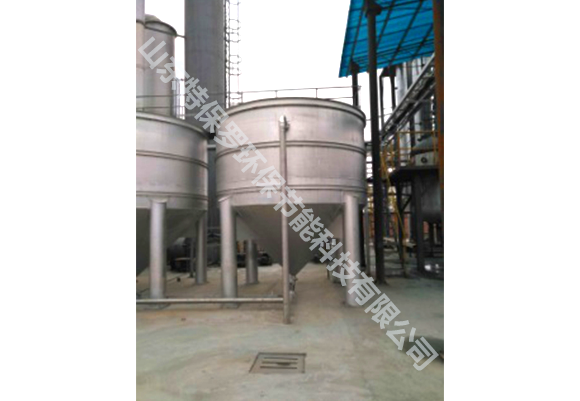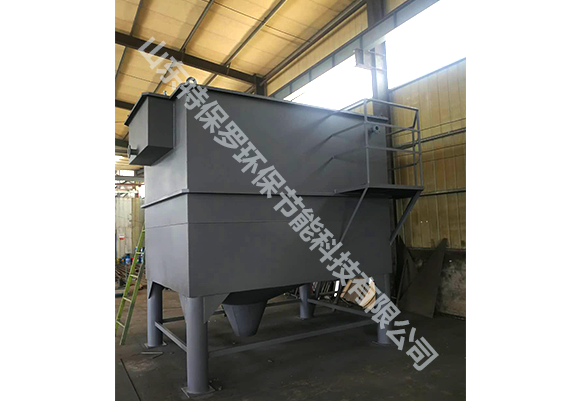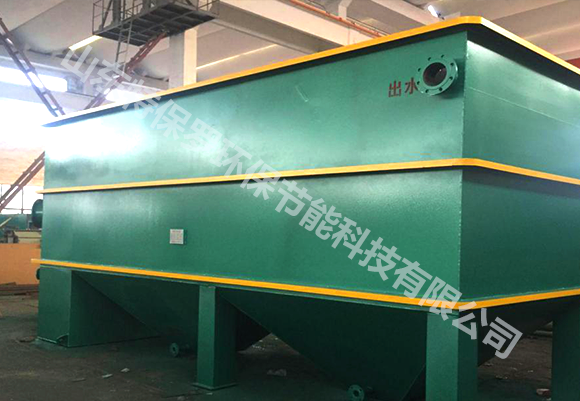Organic Wastewater Treatment Solution Customization Expert

As a new technology for the treatment of refractory pollutants, advanced oxidation technology has the characteristics of producing a large amount of very active hydroxyl radicals (·OH), strong oxidizing ability, cleaned degradation products, easy control of reaction process and flexible processing. At present, the advanced oxidation treatment methods commonly used are Fenton and Fenton-like oxidation and ozone oxidation.

The process of removing or reducing calcium or magnesium salts in the raw water is called hard water softening. Softening methods mainly include chemical softening method and ion exchange method.

There are several treatment methods for high-concentration fluorine-containing wastewater at home and abroad, and there are two common methods:adsorption and precipitation. The precipitation method is mainly applied to the treatment of industrial fluorine-containing wastewater, and the adsorption method is mainly to treat drinking water. There are also methods such as freezing, ion exchange, ultrafiltration, fluorine removal, electrocoagulation, electrodialysis, and reverse osmosis.

Air floatation is an alternative method of sedimentation. It forms highly dispersed microbubbles to adhere the solid or liquid particles of hydrophobic groups in wastewater, then forming a water-gas-particle three-phase mixture. In the system, after the particles adhere to the bubbles, a floc having an apparent density smaller than that of water is formed to float to the surface of the water, and the scum layer is scraped off, thereby realizing a process of solid-liquid or liquid-liquid separation.

The flocculation and sedimentation treatment uses a flocculant to cause a process of coagulation and sedimentation of suspended particles in water.